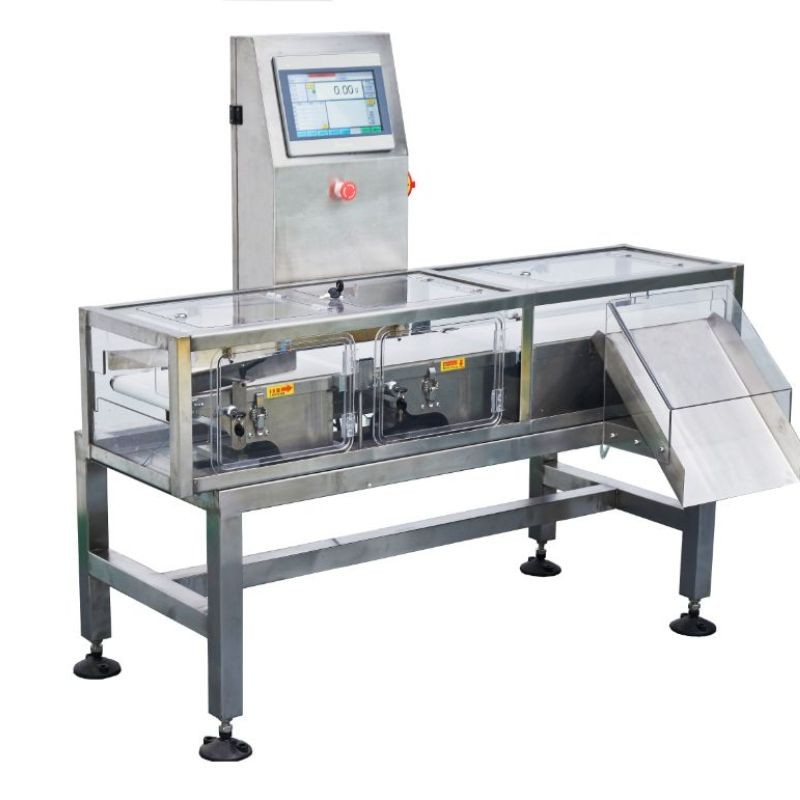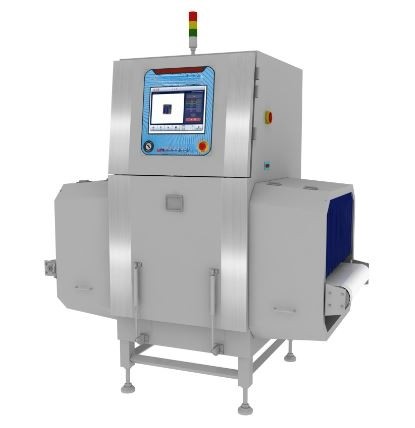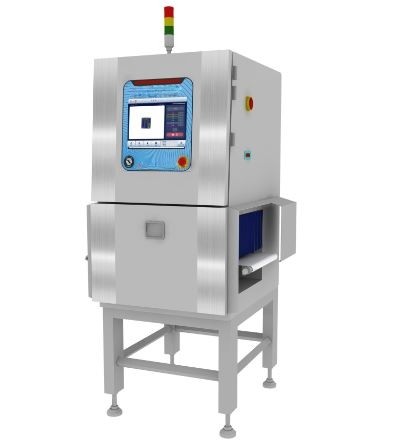conveyor metal detector for soap industry
Metal Detection for Soap Production and Manufacturing Process.
The current soap production process involves the use of large amounts of metal as a catalyst. This is because soap, shampoo, cosmetics, detergents and toothpaste are all made from oil and water. The metal that is added to these products is used as a catalyst to speed up their production. However, it has been discovered that there are many dangers associated with using metal in this way.
There have been many cases of people being poisoned by the metal particles found in their food or water supply. These include:
-The US Food and Drug Administration (FDA) have issued warnings about eating metal after it was found that some types of metal are toxic when consumed orally.
-In 2007 it was discovered that people who had been exposed to large amounts of nickel could suffer from skin sores on their hands and feet as well as hair loss at the scalp level if they were exposed to it over long periods of time.
-In 2012 workers at a factory in China were found to be suffering from breathing problems caused by breathing in fumes from the manufacturing process which contained nickel dust particles; around 3% of workers who came into contact with those fumes suffered from severe lung damage due
Metal detection in soap production and manufacturing processes is a critical aspect of ensuring product quality, safety, and compliance with industry standards. Let's explore the key considerations, benefits, and steps involved in implementing metal detection in the soap manufacturing process:
## I. Importance of Metal Detection in Soap Manufacturing
### A. Quality Assurance
1. **Preventing Contamination:** Metal detectors help prevent contamination of soap products by identifying and removing metal contaminants during various stages of the manufacturing process.
2. **Maintaining Product Integrity:** Ensuring that the final soap products meet quality standards and do not pose risks to consumers due to metal contamination.
### B. Regulatory Compliance
1. **Meeting Industry Standards:** Compliance with regulatory standards and guidelines set by health and safety authorities in the soap manufacturing industry.
2. **Preventing Recalls:** Metal detection helps avoid product recalls, protecting the brand reputation and maintaining consumer trust.
## II. Key Stages for Metal Detection in Soap Manufacturing
### A. Raw Material Inspection
1. **Incoming Raw Materials:** Metal detectors are employed at the beginning of the process to inspect raw materials such as oils, fats, and additives for any metal contaminants.
2. **Contaminant Rejection:** Automatic rejection systems can be integrated to remove contaminated raw materials before they enter the production line.
### B. Soap Mixing and Blending
1. **Inline Inspection:** Metal detectors can be installed in the production line to inspect the soap mixture for any metal particles introduced during the mixing and blending processes.
2. **Continuous Monitoring:** Continuous monitoring ensures that any metal contamination is detected promptly, preventing it from progressing further in the manufacturing process.
### C. Forming and Shaping
1. **Detection in Molds:** Metal detectors can be strategically placed along the soap molding process to identify any metal contaminants that may be present.
2. **Quick Rejection Systems:** Fast-acting rejection systems ensure that contaminated soap bars are immediately removed from the production line.
### D. Packaging
1. **Final Inspection:** Metal detection is crucial at the packaging stage to identify and eliminate any metal contaminants before the soap products are sealed.
2. **Multi-Layer Packaging Inspection:** Ensuring that metal contaminants are not introduced during the packaging process, especially in multi-layer packaging materials.
## III. Benefits of Metal Detection in Soap Production
### A. Product Safety
1. **Consumer Protection:** Prioritizing the safety of consumers by eliminating the risk of metal contamination in soap products.
2. **Avoiding Health Risks:** Preventing potential health risks associated with the ingestion or use of soap products containing metal contaminants.
### B. Operational Efficiency
1. **Reduced Downtime:** Early detection of metal contaminants helps in preventing equipment damage, reducing downtime, and minimizing production interruptions.
2. **Enhanced Production Speed:** Ensuring a smooth production process by quickly identifying and eliminating metal contaminants without compromising production speed.
### C. Compliance and Reputation
1. **Regulatory Compliance:** Meeting regulatory requirements and industry standards, avoiding fines, and ensuring continued market access.
2. **Maintaining Brand Reputation:** Upholding the reputation of the soap brand by delivering safe and high-quality products to consumers.
## IV. Implementing an Effective Metal Detection System
### A. Choosing Appropriate Equipment
1. **Type of Metal Detector:** Selecting the right type of metal detector based on the specific needs of the soap manufacturing process, such as conveyor-based detectors or pipeline detectors.
2. **Sensitivity Levels:** Configuring the sensitivity levels of the metal detector to detect both ferrous and non-ferrous metals at the required thresholds.
### B. Integration with Production Line
1. **Strategic Placement:** Installing metal detectors at strategic points along the production line to ensure thorough inspection.
2. **Integration with Conveyors:** Seamlessly integrating metal detectors with conveyor systems for efficient and continuous inspection.
### C. Regular Maintenance and Calibration
1. **Routine Checks:** Conducting routine checks, maintenance, and calibration of metal detection equipment to ensure optimal performance.
2. **Employee Training:** Training personnel on the proper use and maintenance of metal detection systems to maximize effectiveness.
## V. Conclusion
Metal detection in soap production is a crucial component of quality control and consumer safety. By implementing robust metal detection systems at various stages of the manufacturing process, soap manufacturers can ensure that their products meet high standards, comply with regulations, and maintain the trust of consumers. Regular maintenance, proper training, and the selection of suitable metal detection equipment are key factors in achieving a successful and effective metal detection program in soap manufacturing.




